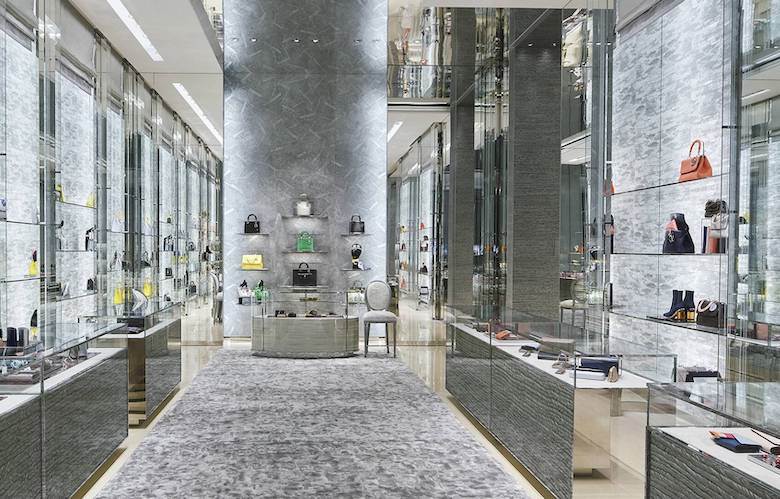Luxury goods market could reach €275 billion in 2019
14/06/2019

Bain attributed growth in the market in 2018 to an increase in spending in the domestic market in China and to positive results for luxury brands in Europe, despite ongoing “socio-political turmoil” in important markets such as the UK, where there is deep uncertainty over the issue of leaving the European Union following a referendum in 2016, and France, which has had widespread street protests in most of its major cities.
In contrast, it said there had been a “weakening of consumer confidence” in North America in 2018 and a decrease in traffic at malls and department stores there. It said “temporary uncertainties” surrounding a tax reform plan in the US would ease and predicted growth of between 2% and 4% in 2019.
Launching the company’s latest market study into the luxury goods market at an event in Milan on June 13, analyst Claudia D’Arpizio said: “China continues to dominate the luxury scene. Elsewhere we are continuing to see geopolitical uncertainty shape and reshape tourism spending patterns, with Chinese consumers choosing to spend domestically with more frequency. Overall we are seeing moderate growth in most markets.”
The study said Japan remains “an exclusive and attractive market for luxury brands” and, here too, it predicted growth of 2%-4% in 2019. However, it said tourist spending there is likely to rise in the build-up to the Tokyo Olympics in 2020, with Chinese consumers already confirming their interest in the area.
Across the rest of Asia the outlook is positive, apart from Hong Kong and Macau, which continue to lose out to Mainland China. Bain & Company believes the luxury market in the region is set to grow by 10-12 percent (at constant exchange rates). An expanding middle class with increasing disposable income is fueling growth in Indonesia, Philippines and Vietnam, while sustained growth in South Korea is the result of local consumers and a mild rebound of tourism.
The rest of the world is expected to be flat or see a slight decrease of 2 percent (at constant exchange rates), with the Middle East remaining stagnant as domestic consumer spending begins to flow outside of the region.
“The future of luxury is taking shape,” said Ms D’Arpizio, “with a number of key characteristics, including Chinese Generation Z, access, ownership, sustainability and social responsibility, the impact of digital across the entire value chain, preference for luxury experiences over products, and consumer networks as a new measure of value.”
Sustainability, social responsibility and circular fashion will be the new mantra, Bain has said, focused on issues including the environment, labour and animal welfare. Co-author of the study, Federica Levato, also said new brands will have an important role to play in the luxury sector. She said they will challenge established brands to take “a more creative approach that goes beyond the product itself and impacts all facets of business, ultimately creating a more direct and continuous dialogue with consumers”.
Image: Dior store in Beijing
Credit: Bakas Algirdas











